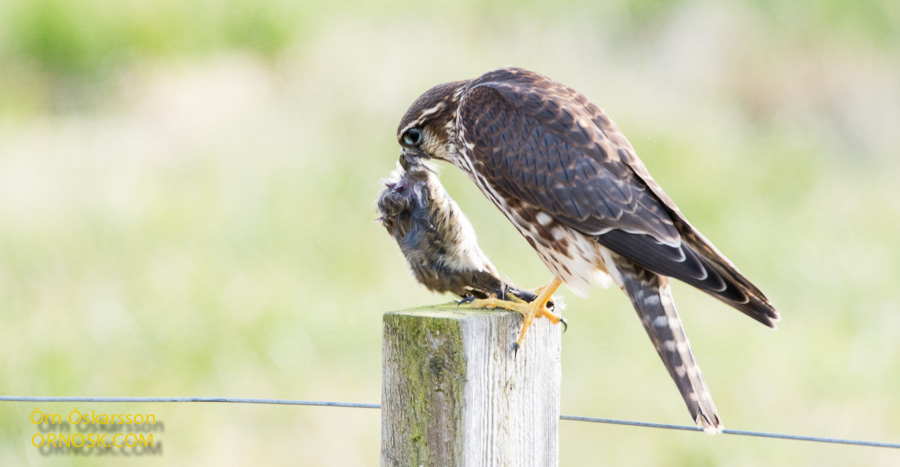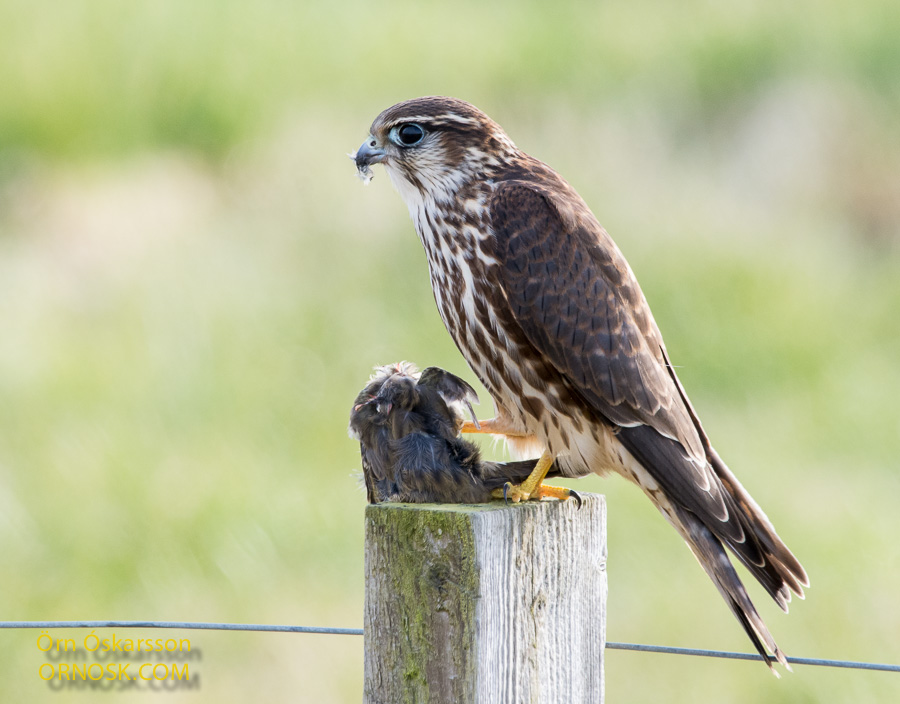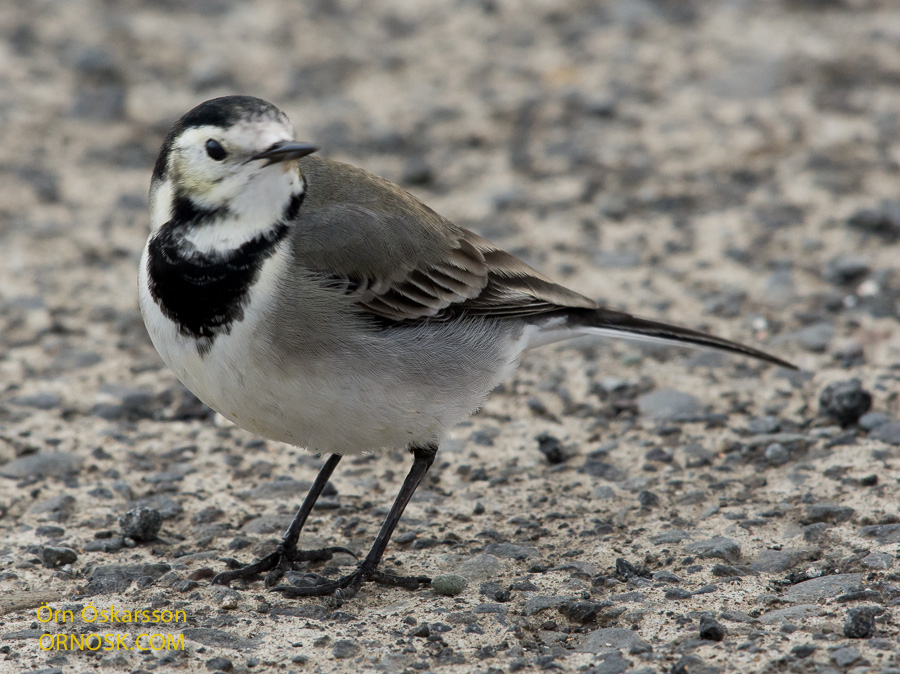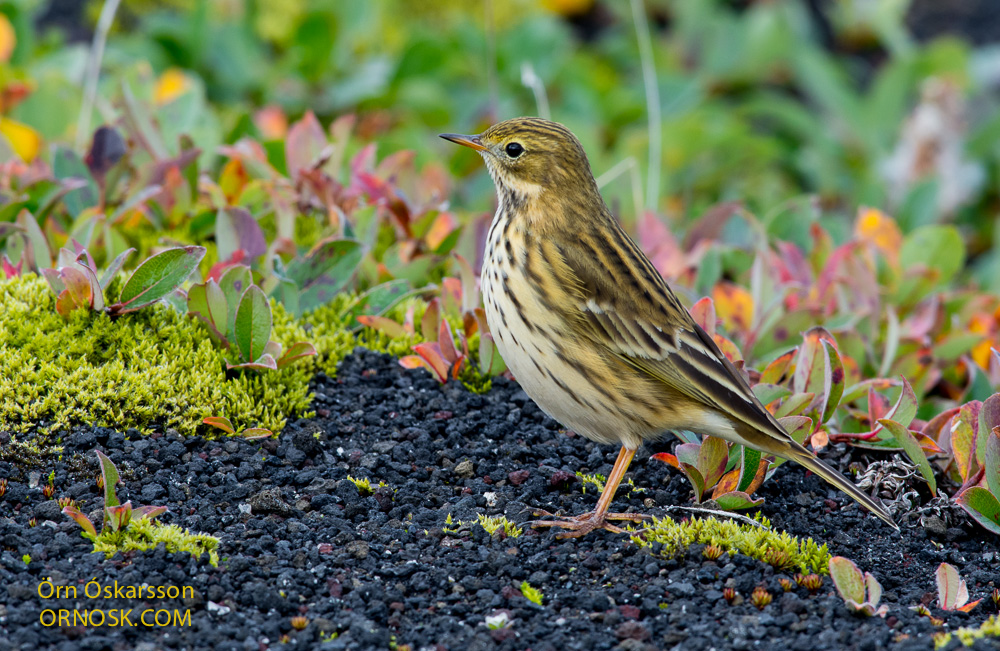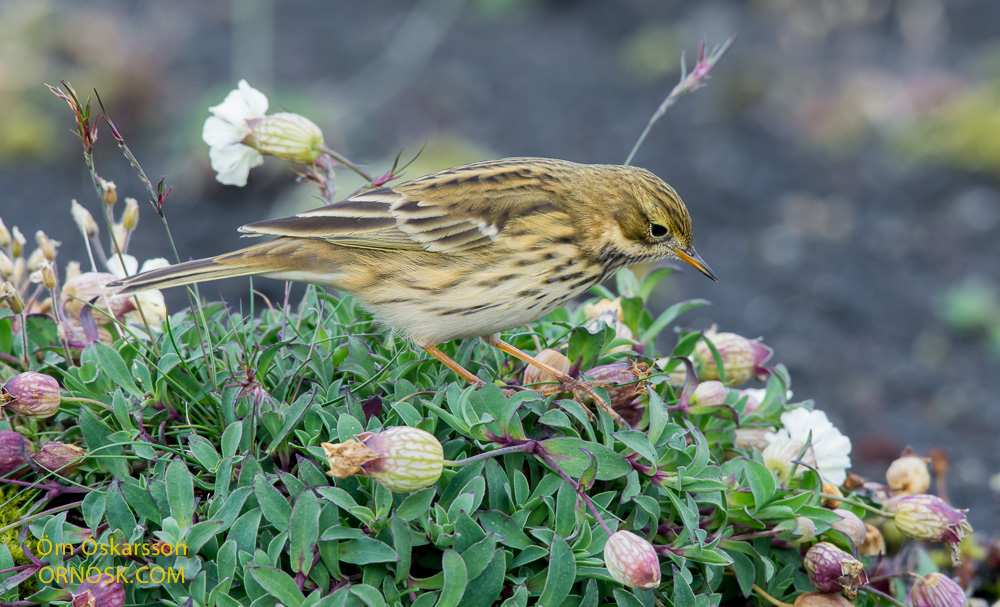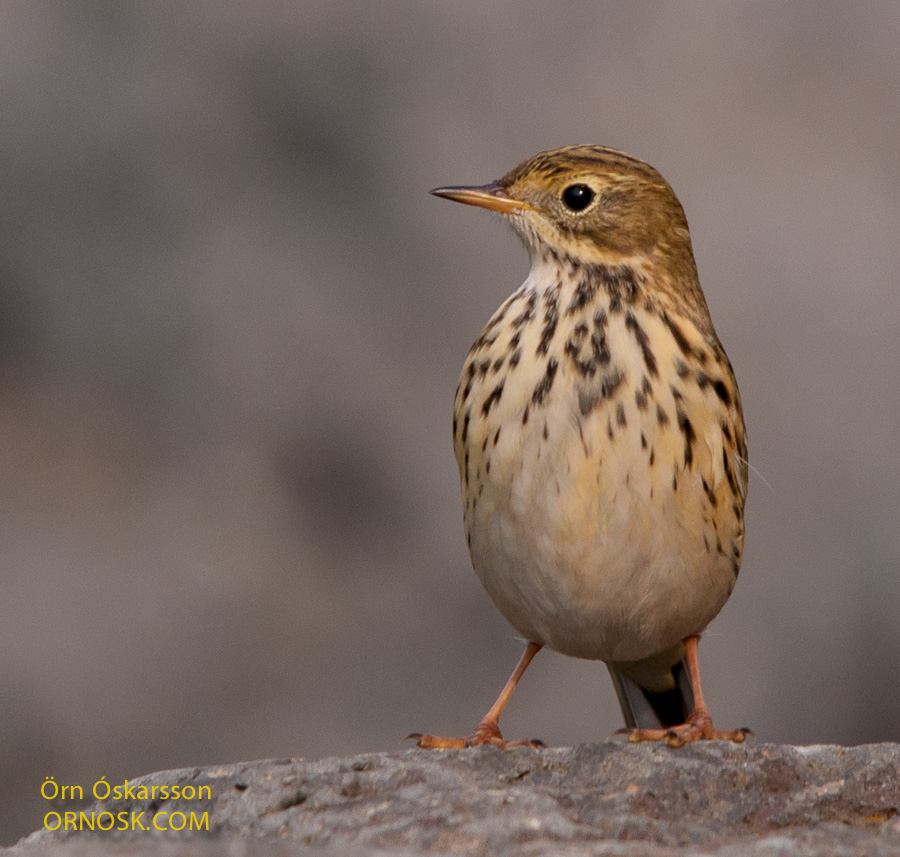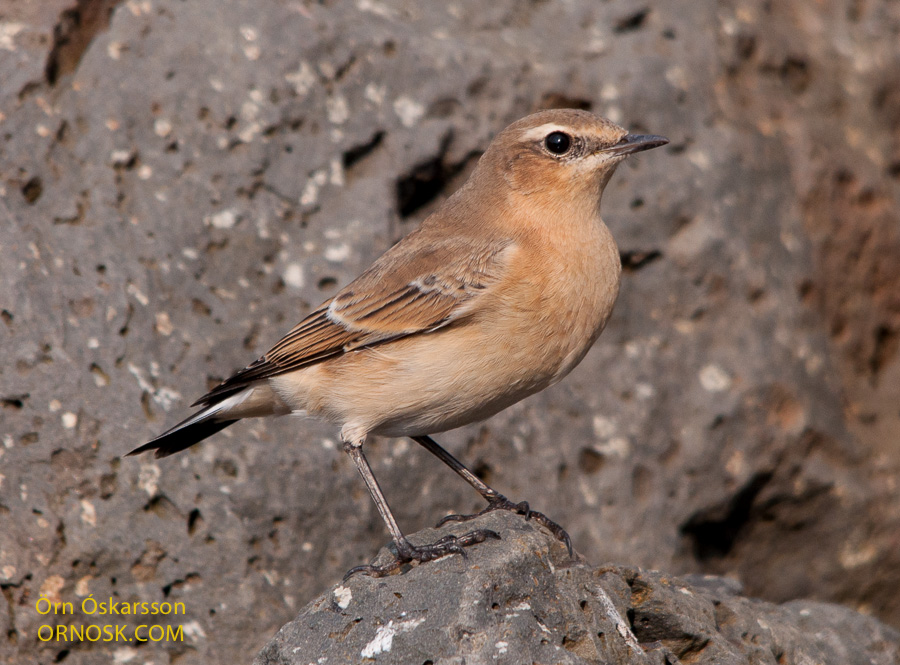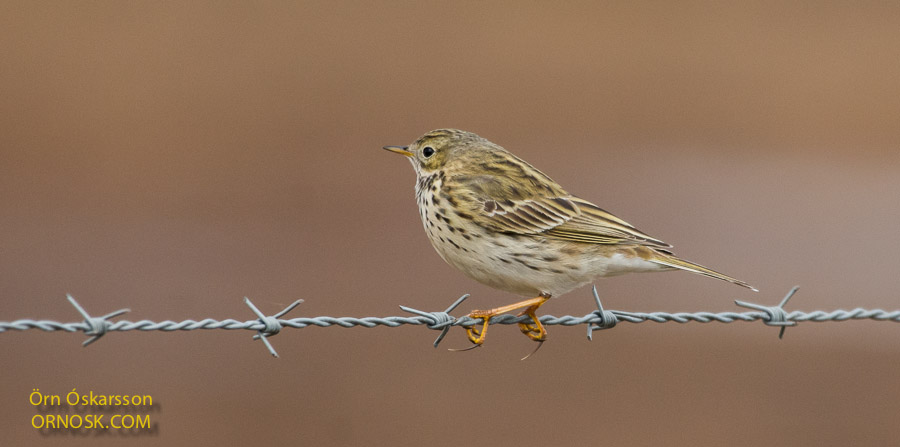
The meadows have come alive with birds. Spring is here and most of our Icelandic migrants have arrived. The bird reserve in Flói is a good place to watch them and observe their behaviour. Meadow Pipits, Iceland’s most common passerine birds, are prominent here with their short tsi tsi song and erratic flight.
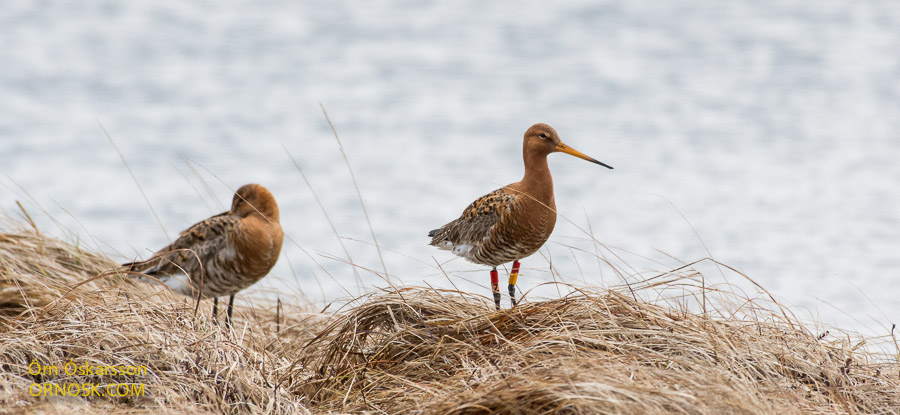
The Black-tailed Godwit is a common breeding bird in the lowlands around most of Iceland. It lays its egg in grown wetlands so Flói Reservation is an ideal breeding place for it.
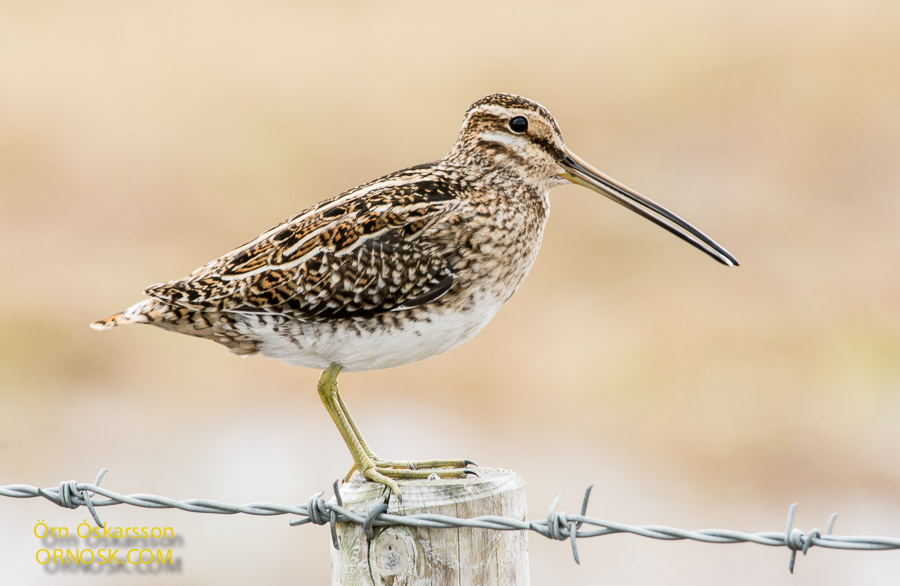
The Common Snipe has also arrived as many have noticed. It is difficult not to notice their arial dives and the loud drum like sound they make by vibrating their tail feathers.
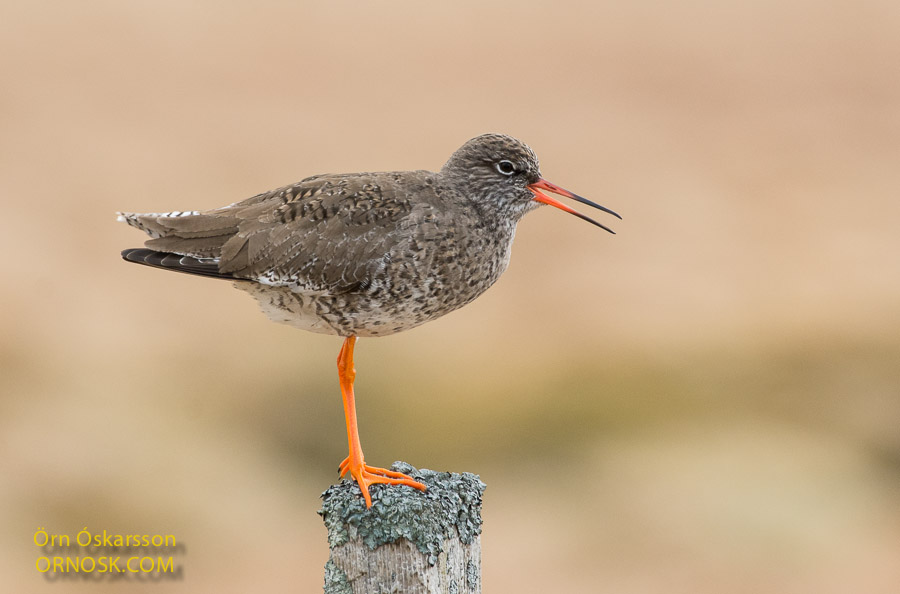
The Red Shank also does not go unnoticed, it is such a loud bird. It breeds in all kinds of wetland and for them Flói Reserve has it all.

